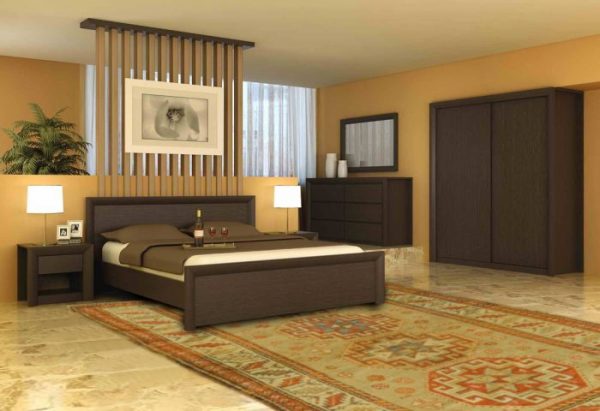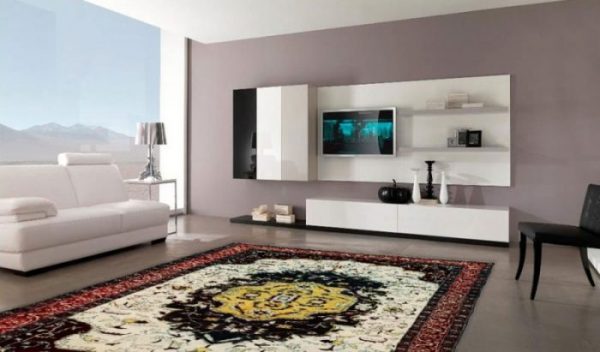Archives: Rug Styles
CAUCASIAN RUGS

DYNAMIC AND EYE CATCHING CAUCASIAN RUGS The Caucasus Mountains, between Persia and Russia are justly famous for their colorful, geometric antique scatter rugs and runners woven in hundreds of rustic villages in an almost infinite number of styles. Rug weaving began in the Karabagh area in the 17th century, but the best and most available antique Caucasian rugs of any type are from the second half of the 19th century. Bearing in mind that there are numerous distinct types and innumerable subtypes, we will list a few of the more salient varieties. CREATIVE ANTIQUE KARABAGH RUGS & CARPETS Across the
BOKHARA RUGS

FINE BOKHARA (TURKMEN) RUGS FROM CENTRAL ASIA The rug weavings of the Central Asian Turkmen tribes were marketed in Bokhara and a repeating gul (medallion) design on red grounds is the most popular. The wool and dyes of the best of these antique tribal rugs are outstanding, silky and saturated. Weave textures vary, but smooth, soft, resilient pile wool is a constant. Later weavers in Iran, Pakistan and Afghanistan have copied the patterns. Carpet weaving has been a major industry in Turkmenistan for much of the 20th century. Antique Turkmen rugs & carpets are hands down the best floorcoverings for
BAKHTIARI RUGS

DYNAMIC & COLOURFUL ANTIQUE BAKHTIARI RUGS The Baktiari area (Chahar Mahal), in central Persia near Isfahan, produces both village and nomadic rugs with bright colors, allover lattice patterns and sturdy constructions. Antique rugs have been woven there since the 19th century. Originally the patterns were adapted from classical Persian carpets, but rapidly evolved into a truly unique style of rustic carpets. Square room sizes are popular and rugs up to 30 feet long are woven. The best qualities were made for the Baktiari tribal leaders or khans. The wool is excellent and derives from local tribal sheep, resilient and elastic. The
AUBUSSON RUGS

CHOICE ANTIQUE FRENCH AUBUSSON RUGS & CARPETS The Aubusson workshops, on the river Creuse in France, are famous for their antique European rugs, carpets and tapestries, woven since the 18th century. The Royal Council established a carpet factory there in 1743 and its production, both wall tapestries and flatwoven and pile rugs, was quickly taken up by the French aristocracy and by export markets as well. CLASSIC ANTIQUE AND VINTAGE RUG DESIGNS The rug designs followed fashion: Neo-Classic, Napoleonic, Victorian and even Art Deco and Modernist. The majority of carpets are room size with subdued tonalities. However, there are a
Arts and Crafts Rugs
ARTS AND CRAFTS STYLE AREA RUGS The Arts and Crafts movement originated in England in the second half of the 19th century as a reaction against mass-produced machine-made goods. William Morris, the founder of Morris and Co., designed rugs, tapestries, wallpaper, textiles and entire interiors. The large, luxurious antique European carpets produced under his direction are luxurious and stunning in their integration into rugs of European and Oriental styles. Another designer in the Morris circle was C.F. Voisey who worked on rugs and carpets as well as textiles and wallpapers. INTRODUCTION OR RUG STYLE TO IRELAND – HISTORY OF ARTS
AGRA RUGS

STRIKING ANTIQUE AGRA CARPETS AND RUGS During much of the history of the Indian Mughal Empire, Agra was the capital, and architects, artists and artisan, including carpet weavers, were brought here from all over the Muslim world to enhance the city’s beauty. The remarkable architecture of Agra still exists today. From the early 17th century onward, wonderful rugs and carpets were woven there, most in allover palmette patterns on rich red grounds. These antique Indian carpets have always been desirable as aristocratic room décor. RUGS OF THE 19th CENTURY Agra rugs and carpets of the 19th century are equally desirable
PERSIAN AFSHAR RUGS

AUTHENTIC ANTIQUE AFSHAR TRIBAL RUGS The antique tribal rugs of the Afshar tribe are woven primarily in southwest Persia and come in a bewildering variety of designs, some indigenous, some adapted from other tribes or urban sources. The Afshars originated in Central Asia and came to Persia in the 18th century with the conqueror Nader Shah. RUG SIZES AND COLORS Normally the rugs are in scatter sizes, 3-4 feet by 5-7 feet, with a few room size carpets. Afshar rugs may be symmetrically or asymmetrically knotted, on cotton or wool foundations. Similarly, the attractive color schemes in the rugs range







